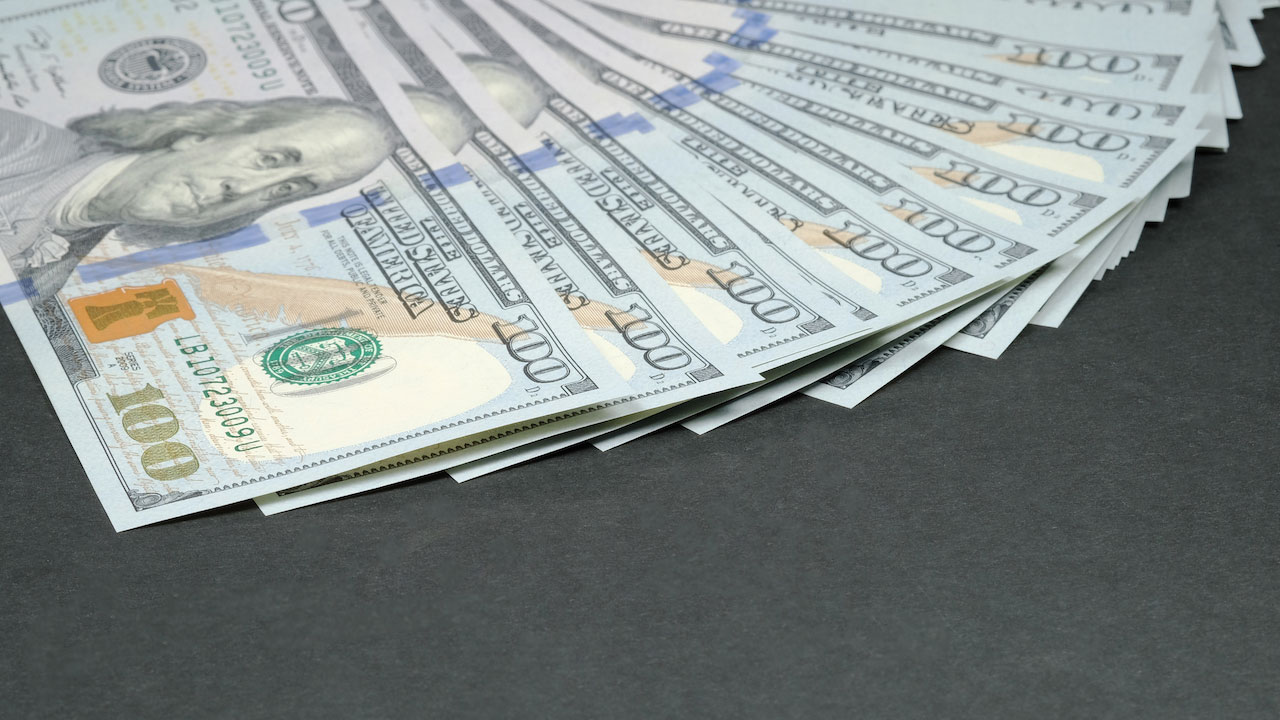Home Buying Tactic: Pay All-Cash First, Mortgage Later

Coming up with enough cash to make a home purchase isn’t exactly easy to do, and not too many people can scrounge up that kind of money. Yet in a competitive market where homes are being snatched up just as fast as they are listed for sale, all-cash is king.
Buyers who are able to make an all-cash offer on a home will get the seller’s attention and stand out from the crowd, especially when it comes to a multiple bid situation.
That’s why some buyers in these sizzling hot markets are doing what they can to come up with the funds needed to make these all-cash home purchases, which often involves liquidating all their assets, then taking out a mortgage after the sale is done.
Cash deals involve fewer contingencies – including financing – which is very attractive to sellers. The fewer contingencies, the better the odds that something won’t go wrong during escrow. Deals can easily fall through if buyers are not able to secure financing. Not only that, sales tend to be less complicated and are faster to close.
Taking Out a Mortgage After the All-Cash Sale
In order to make these types of deals happen, buyers can purchase homes using all cash that they obtain from tapping into their investments and assets, which allows them to avoid inserting certain contingencies on their offers. The mortgage process is then dealt with after the sale closes.
Of course, there are risks associated with this type of arrangement. Buyers need to make sound decisions based on facts rather than neglecting to fully understand all options. Liquidating assets can place a great deal of pressure and stress on buyers to buy a home in all cash.
Perhaps they’re using money from their life savings, 401(k)’s, IRA accounts, or other private investments. The idea of pulling money out of these accounts can seem extreme, and buyers need to come up with a plan for how and when they will refuel these accounts after the fact.
How the Process Works
After buyers have managed to collect enough cash through the liquidation of their assets and purchased a home in an all-cash transaction, a mortgage is then taken out and used to refill the accounts that were emptied.
There’s also a lesser-known Fannie Mae program that came out a few years ago which lets certain buyers without mortgages take out a cash-out refinance shortly after closing on a home purchase and get the majority of their cash back right away. Before this program was available, buyers needed to wait a minimum of six months before using their home equity.
Taking money out of retirement savings might not always be a good idea. There may be financial penalties associated with taking these funds out before retirement age, which is why it’s necessary to consider these fees when calculating the entire cost of the mortgage to fully pay back these accounts.
Buyers also need to understand that the cash-first-mortgage-later strategy should only be considered if the money is already there. This tactic is not for those who want to borrow cash they do not have. The value of the assets must adequately cover the purchase price, as well as any closing costs associated with the transaction.
It’s also critical to find a lender who is willing to work with such a situation, and who has some experience with this unique approach before any assets are liquidated. Many lenders just might not be capable of handling the potential complications that may be involved with this type of process.
The Bottom Line
Selling off all assets to be an all-cash buyer and taking out a mortgage after the sale of a home closes is certainly a very unique and compelling tactic to consider and can help many buyers be much more competitive in a hot market. However, this strategy is not necessarily the right move for all buyers. Speaking with a seasoned mortgage specialist and financial planner can help determine if this type of tactic is a safe one for you to employ before potentially putting yourself in financial hot water.